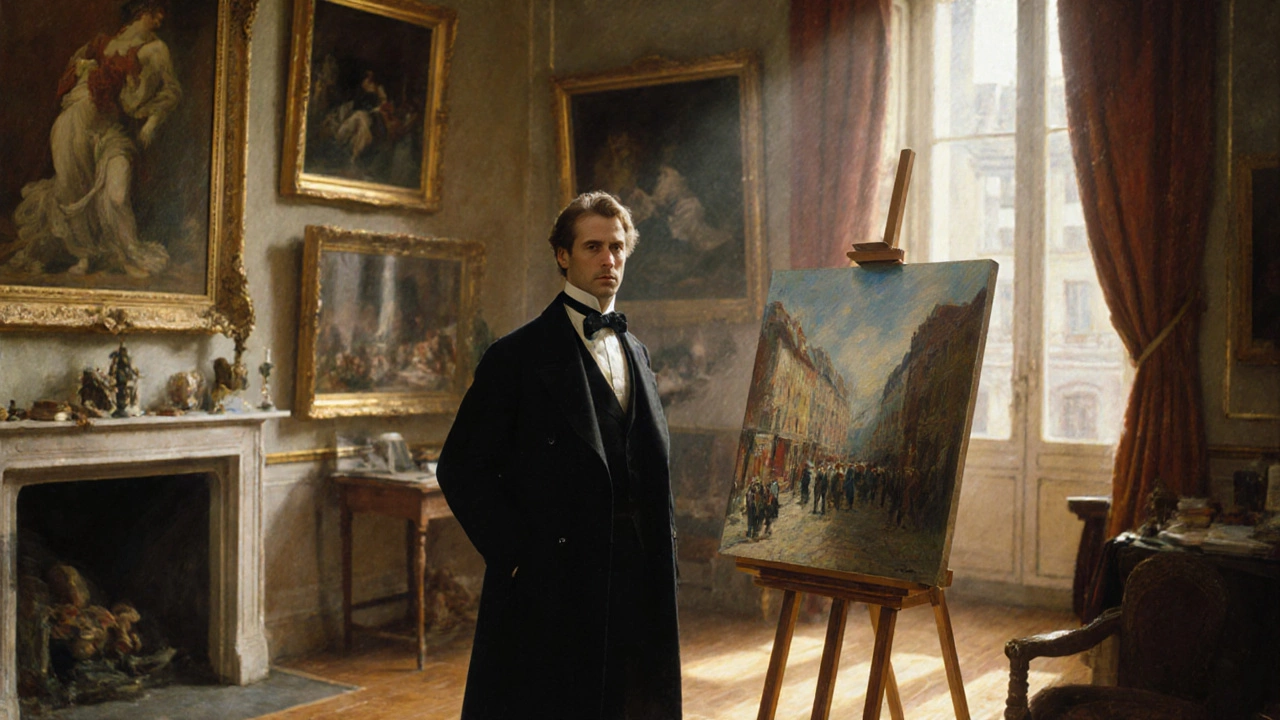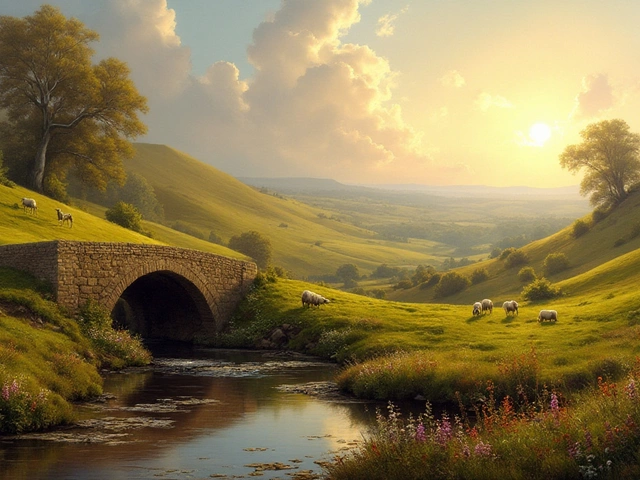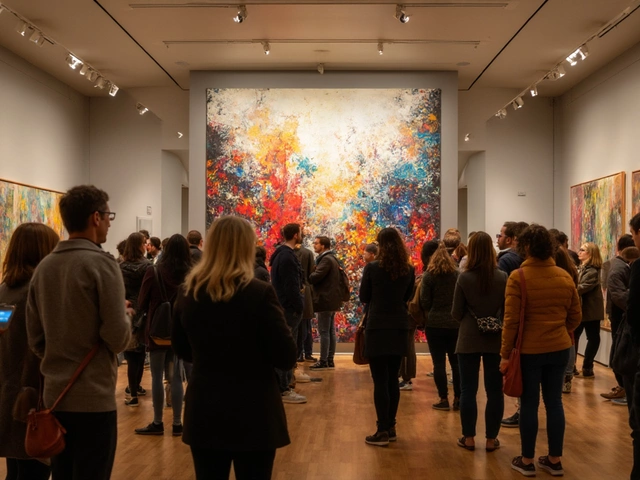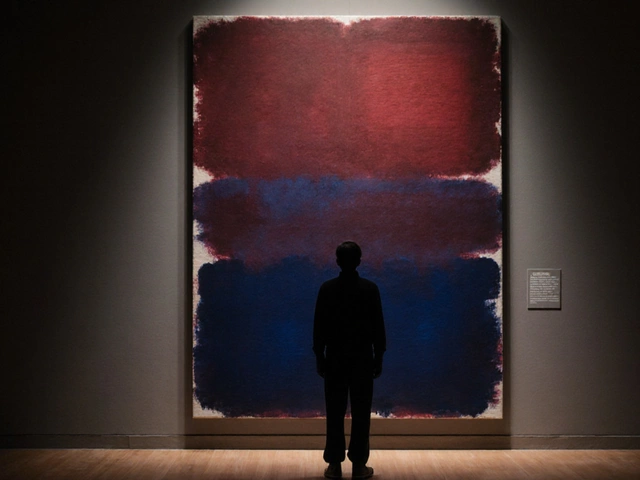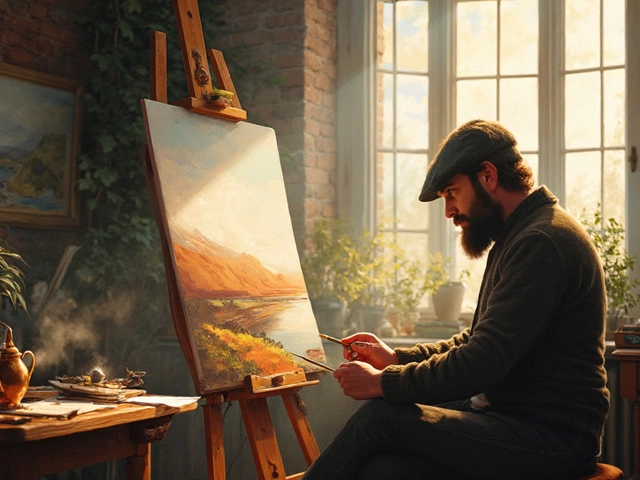Modern Art History – A Practical Overview
When diving into modern art history, the study of artistic developments from the late 19th century to today, covering movements, techniques, and cultural shifts. Also known as Modern Art, it forms the backbone for understanding today’s visual culture. Contemporary art, art created after the 1960s that reflects current ideas and media sits within this timeline, while abstract art, non‑representational work focusing on color, form, and emotion emerged as a major branch during the early 20th century. Major art movements, organized groups of artists sharing styles, philosophies, or goals—like Cubism, Futurism, and Pop Art—serve as the milestones that map the evolution of modern visual language. Understanding these pillars helps you see why the art market, the economic arena where artworks are bought, sold, and valued reacts to shifts in style and audience taste.
Why Modern Art History Matters to Creators and Collectors
Modern art history isn’t just a list of dates; it’s a toolbox. Knowing that the slow over fast rule in oil painting came from 19th‑century academies shows why layer stability matters today. Recognizing how the grisaille technique linked Renaissance frescoes to modern monochrome experiments explains why some artists still choose that method for dramatic effect. If you’re a beginner sculptor, the distinction between figurative and hyperrealistic sculpture—terms that pop up in our posts—clarifies the skill set you need to develop. For collectors, tracing how abstract expressionism reshaped pricing trends provides a shortcut to spotting emerging opportunities in the market. By connecting the dots between historical movements, technical guides, and market insights, you get a holistic view that works for both making and buying art.
Below you’ll find a curated set of articles that break down these concepts step by step. From the chemistry behind oil paint activation to the pricing strategies for portrait commissions, each post builds on the foundations laid out here. Browse the list to deepen your knowledge, pick up practical tips, and see how modern art history continues to influence today’s creative landscape.
Who Is Considered the First Modern Artist? - Answer and History
Discover why Édouard Manet is recognized as the first modern artist, his groundbreaking works, and how he reshaped art history.
Continue Reading